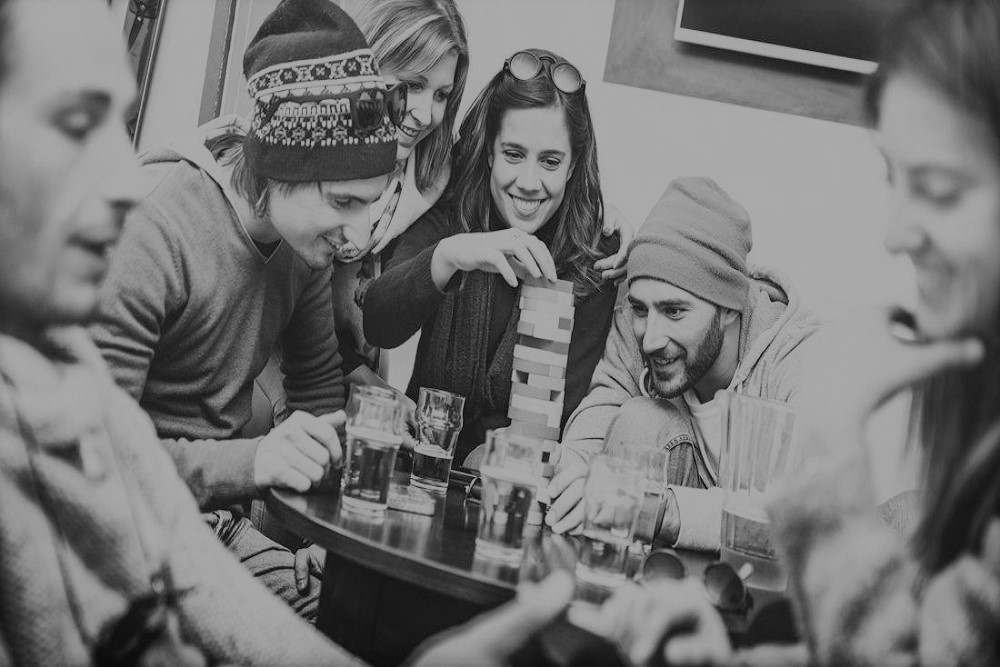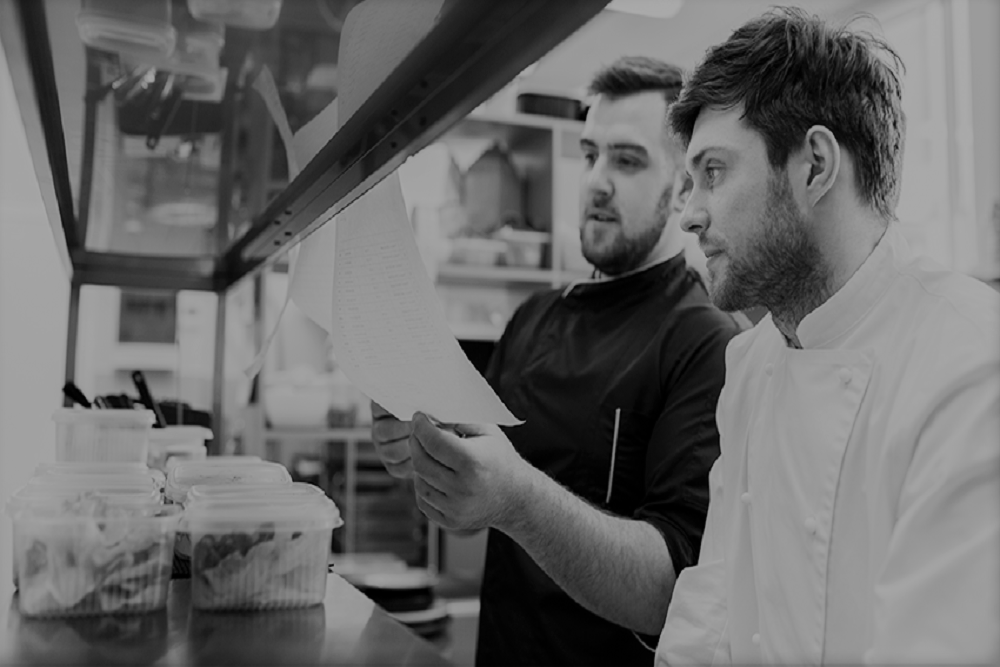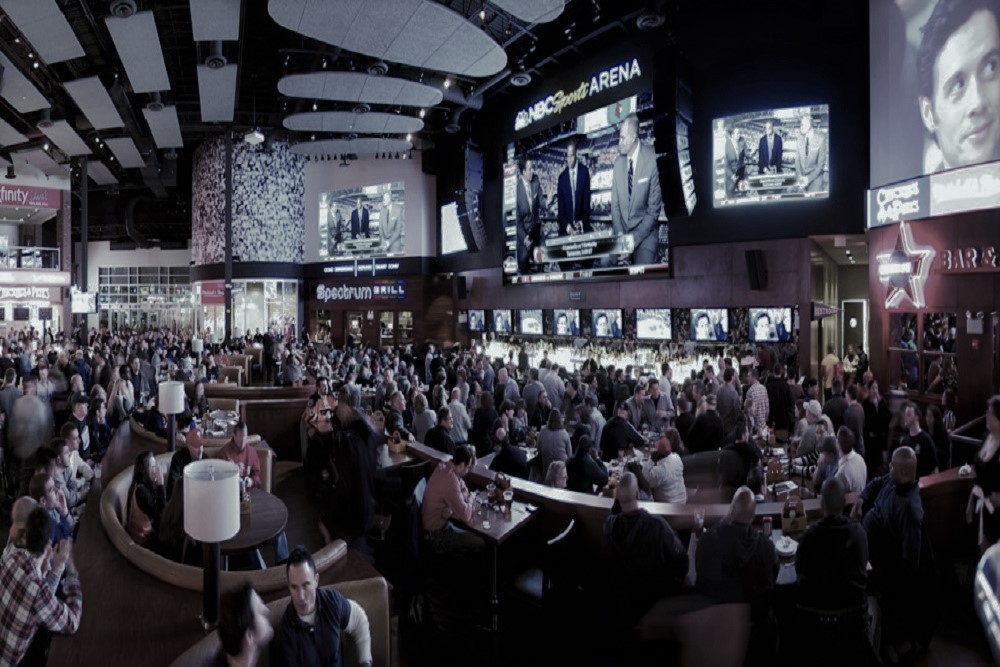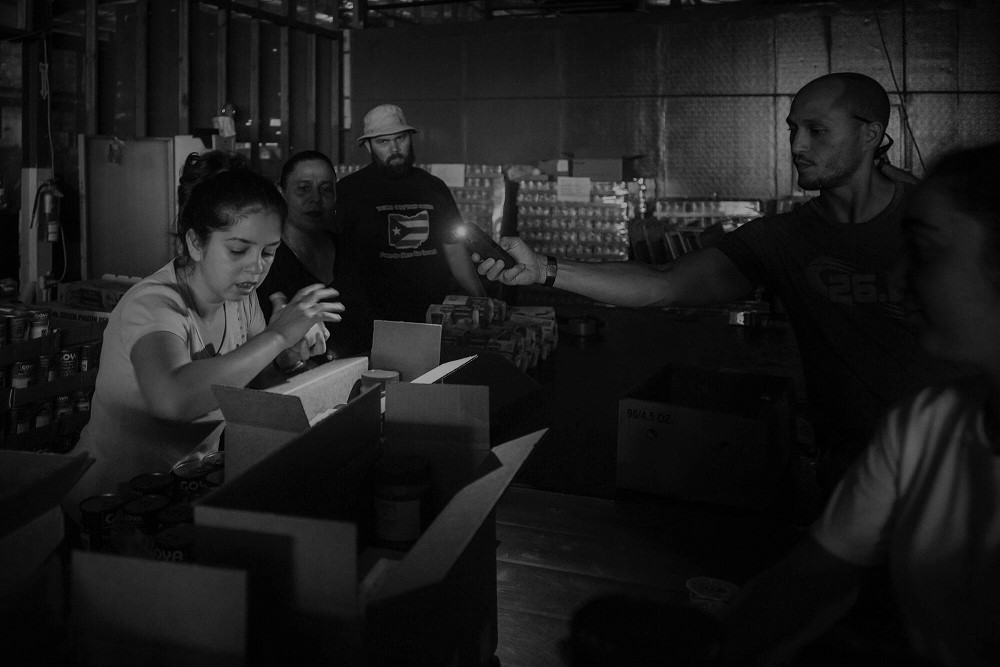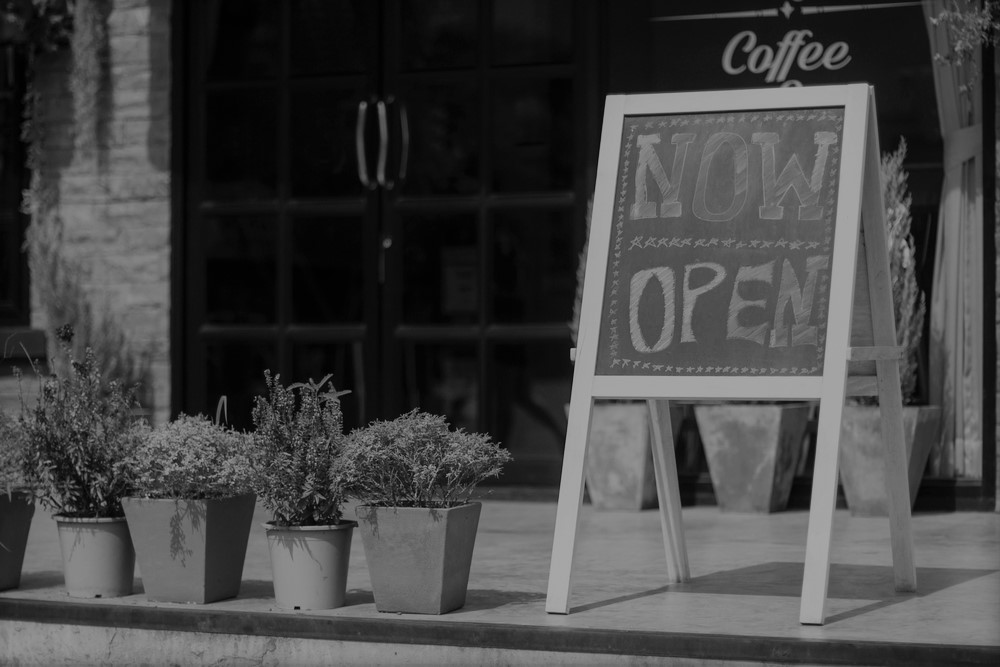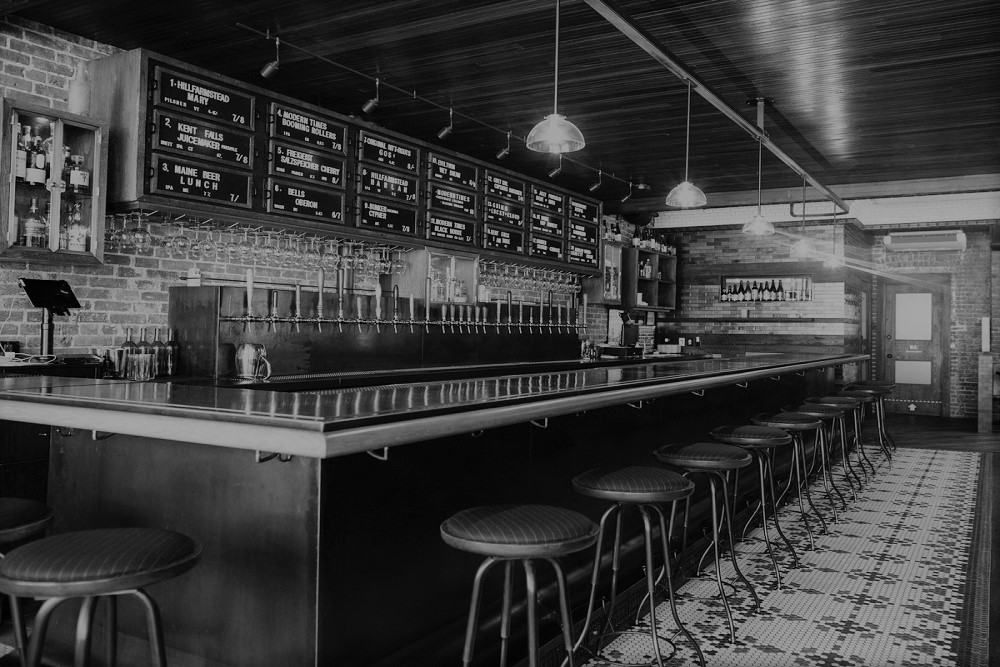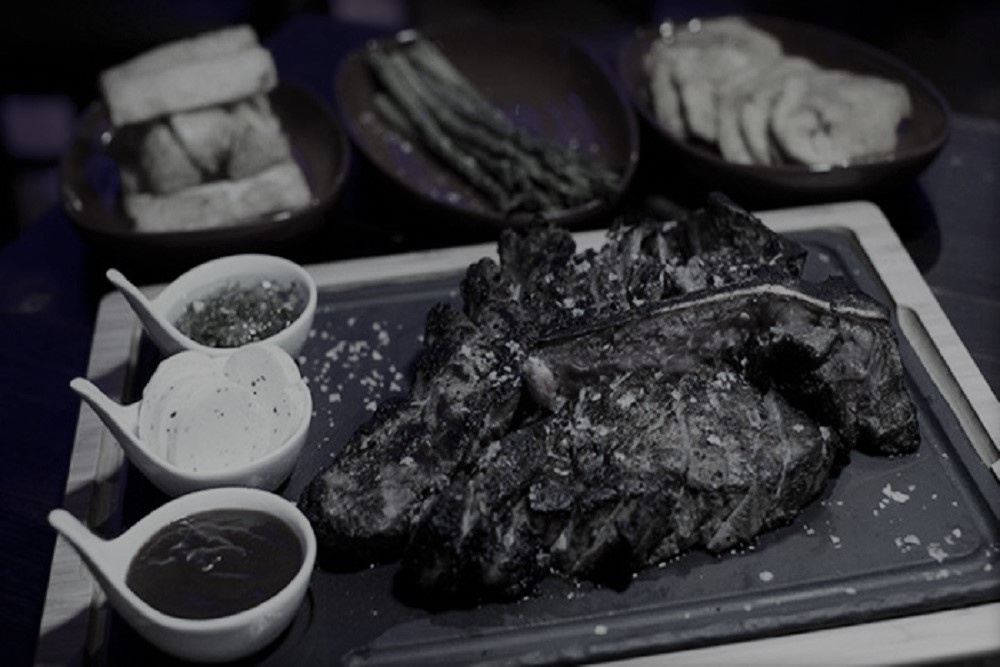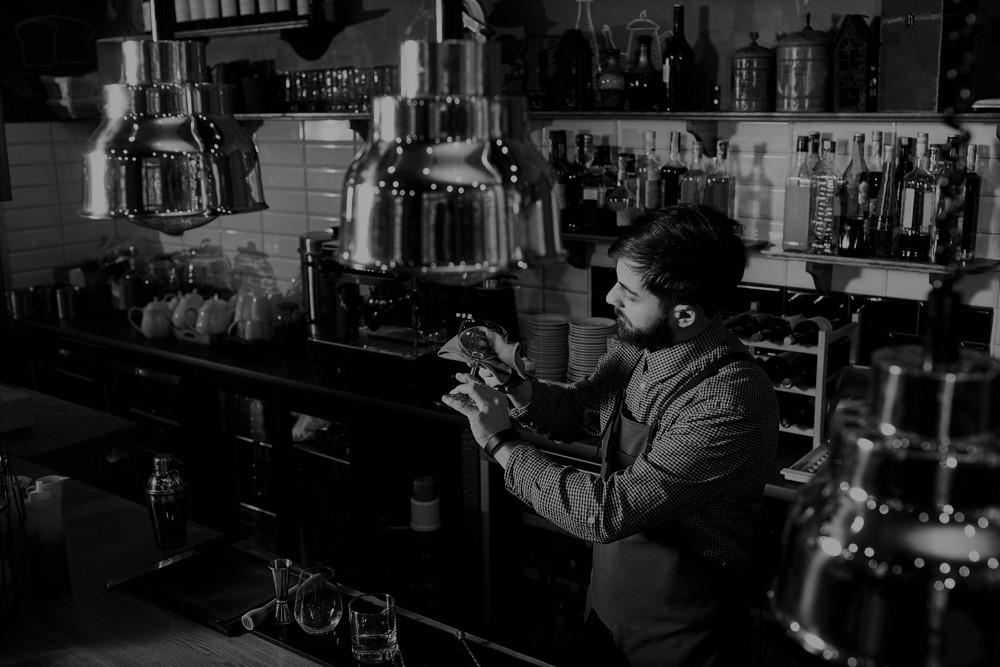Often Overlooked Benefits of Restaurant Lighting
Originally Posted on FoodableTV by Doug Radkey – 10/19/2017
There are so many critical elements that go into the design of a restaurant, so much so that it can easily become overwhelming. It’s a moment during the start-up or renovation period, where specifics that play a large impact on customer experience, can simply be overlooked. One of the key elements that are often overlooked — is the importance of restaurant lighting.
To create positive emotions and to deliver on your promise for memorable customer experiences, a concept must think through its initial design while utilizing processes, maximizing communication, and creating surprises through a multitude of ‘touch points.’ Arguably one of the most important touch points in the overall design — is again that of restaurant lighting.
Lighting within a restaurant (or bar), affects many elements within both operations and guest experience, including food and drink presentation, atmosphere, and length of stay. Lights come in many creative materials, shapes, sizes, and brightness; therefore the largest challenge is finding the right balance for each location and concept.
When planning a restaurant space, one has to consider the ‘job’ of each light source. Is it meant to highlight wall features, to enhance a back-bar, to highlight walkways, washrooms, and exits, or is it to create the right mood over a table? Or perhaps it is for security, liability, and theft prevention?
When considering the job of each light source, it’s imperative to remember to keep customers and operations top of mind first and not the architecture itself.
Here are other ways that restaurant lighting can have a large impact on revenue, profit, and customer satisfaction by again, considering the ‘job’ of each source.

Sense of Security
Ensure that the restaurant and bar space is well lit (this is both inside and outside the venue). Strategic placement and brightness of lights will undoubtedly reduce theft opportunities, reduce damage to property, reduce injury and liability, and keep both employees and customers safe (especially at night).
Differentiated Space
Different lighting sources within a venue can assist in creating multiple spaces. Similar to guest positioning, lights can assist in highlighting the multiple “levels of comfort” that guests will connect with and want to be seated near, allowing the restaurant to maximize each individual seating area, effectively managing customer satisfaction and revenue opportunities.
Seat Optimization
Lighting has another effect on Restaurant Revenue Management, as well. If a restaurant wants customers in and out quickly (QSR model), they should consider brighter lights paired with fast paced music, as it often makes guests feel hurried. A balance between warm and bright lights is ideal for casual restaurants where dimmed (softer) lights is therefore more ideal for restaurants that are looking for longer guest duration.
Kitchen & Bar Performance
Don’t forget about a restaurants team and the productive areas within the restaurant space. Ensure the correct light placement and correct choice of bulbs is decided upon for inside the kitchen and bar production area. Consider where food and beverage preparation and final presentation will be completed for a final quality check before being delivered to the guest.
Food & Beverage Presentation
Increase restaurant and bar profits with the correct back-lighting, up-lighting, and track lighting along liquor, beer, and wine displays. Take it up a notch and differentiate positioning of premium product with a different set of lights. Furthermore, food and drink can look unappealing if placed under the wrong lighting element— therefore bars and full service restaurants should use dimmers to control brightness (softness of light) and to ensure there are no shadows along the plate or glass while at a table.
Energy Conservation
When deciding on lights, consider the upfront cost and the ongoing energy cost and look for long-term operational savings, adding profits to a restaurants bottom line. Restaurants use a lot of lights so dimmers (or control systems) for example, are great for a variety of concepts to reduce costs and create more efficient layouts.
Curb Appeal
A restaurant cannot forget about its exterior lighting. Outside of the obvious security reasons, a well designed exterior with strategic lighting can in fact, invite people inside versus them choosing a neighboring restaurant. Lighting along entranceways, signage, landscape, and the up-lighting of architectural highlights, is most ideal. Lastly, outdoor lighting for a restaurants patio needs to be creatively decided upon and equally not overlooked to create not only the right outdoor atmosphere, but curb appeal, as well.
Poor restaurant lighting can lead to a cold and clinical feeling or a dark and unsafe feeling among guests. Lighting can also have a psychological effect on guests, as their minds may play tricks on them when it comes to flavors and scents for both food and drink.

